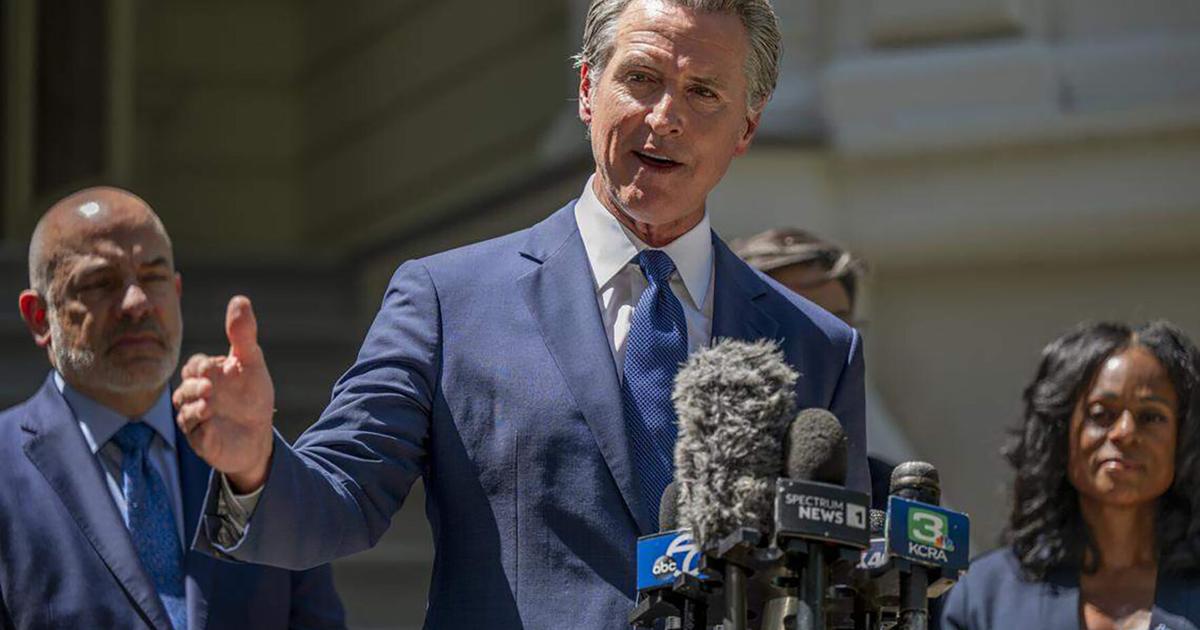California Governor Gavin Newsom has positioned himself at the forefront of a growing national conversation, issuing an executive order aimed directly at what many are calling the “masculinity crisis” facing American men. This decisive action underscores a broader political recognition of rising societal challenges, including escalating rates of loneliness, substance use disorder, and persistent economic stagnation affecting men and boys across the nation.
The executive order, a significant policy directive, mandates that Newsom’s administration actively engage men and boys through various strategic initiatives. These include identifying and promoting civic volunteer opportunities, substantially expanding crucial mental health support services, and intensifying efforts to recruit more male teachers and school counselors. This comprehensive approach seeks to re-engage and uplift a demographic increasingly identified as struggling within contemporary society.
The “masculinity crisis” has emerged as a critical focal point for politicians across the ideological spectrum, who are increasingly training their attention on improving educational, romantic, and employment prospects for men and boys. This phenomenon has been cited as a contributing factor in significant political shifts, including influencing past presidential elections and impacting the popularity of major political parties, suggesting its profound societal and electoral implications.
In a poignant statement accompanying the executive order, Governor Newsom articulated the urgency of the situation, noting, “Too many young men and boys are suffering in silence — disconnected from community, opportunity and even their own families.” He highlighted concerning trends since 1990, such as a decline in male participation in the workforce, increasing joblessness among men aged 25 to 54, and troubling drops in college enrollment and graduation rates, painting a stark picture of the challenges at hand.
Newsom’s move also aligns with a broader Democratic strategy to connect with young men, a demographic where the party has faced challenges. He has notably engaged with figures from outside traditional liberal circles, appearing on podcasts popular with a wider audience and professing admiration for certain media personalities. Similarly, Maryland Governor Wes Moore, another potential presidential contender, has also initiated programs with men and boys in mind, emphasizing their plight in recent public addresses.
Crucially, Newsom’s executive order does not introduce new funding but strategically reallocates and restructures ongoing initiatives to prioritize men’s well-being. This includes leveraging existing Prop. 1 funding to bolster mental health services and enhancing the number of apprenticeships and vocational training programs available through a state educational master plan. The focus is on optimizing existing resources to address the pressing needs of the male population.
Experts, such as Kevin Roy, a family science professor at the University of Maryland specializing in masculinity studies, emphasize the severity of the situation. Roy points to a disturbing rise in “deaths of despair” among men, driven by opioid overdoses and suicides, contrasting sharply with improvements in quality of life for almost every other demographic group. He also highlights the widening gender gap in higher education, stressing the long-term economic repercussions for men who do not attain four-year degrees.
Richard Reeves, a Brookings Institute scholar and president of the American Institute for Boys and Men, further elaborates on the underlying issues. His 2022 book posits that while efforts to advance gender equality are vital, an unintended consequence has been the marginalization of men and boys, particularly as economies shift from manufacturing to knowledge-based industries. Reeves argues that this wage depreciation significantly contributes to men’s stagnation and explains why the political right has successfully garnered their support.
Ultimately, addressing this complex issue necessitates a fundamental cultural shift, as noted by Roy, particularly given that younger generations of men are increasingly more open about their struggles. A key component of Newsom’s executive order directly addresses this by advocating for a reduction in the pervasive stigma surrounding men seeking help for mental and emotional challenges, fostering an environment where support is readily accessible and encouraged.






Leave a Reply